The ruined Inca city of Machu Picchu is located on two peaks in the Andes Mountains: Machu Picchu ("Old Peak") and Huayna Picchu ("Young Peak"). Known as the "Lost City of the Incas," Machu Picchu was uninhabited and forgotten for hundreds of years after the Spanish conquest of the Inca Empire. It is now a UNESCO World Heritage Site, one of the New Seven Wonders of the World, and of course a popular tourist attraction.
Why the Incas built this city up there on the top of the mountains in Peru is not known (or at least not agreed upon). Its buildings and monuments, including the Intihuatana or "hitching post of the sun," have led to suggestions of many interesting possibilities, such as a training place for Inca sun virgins. On the other hand, it has been suggested that it was a kind of country retreat for the wealthy! So, Machu Picchu rates right up there as one of the most mysterious and amazing places built in human history.





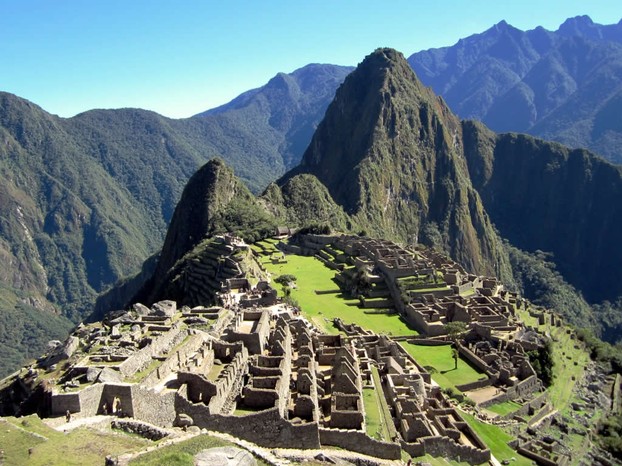
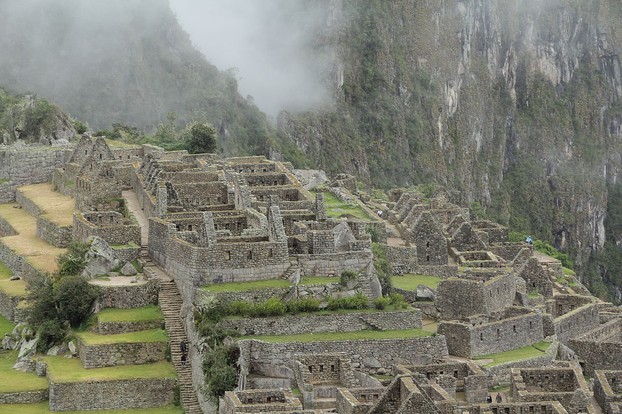
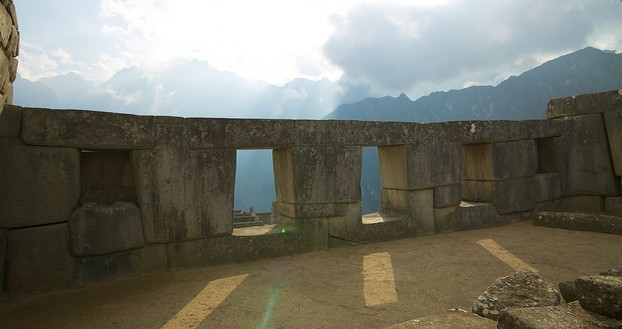
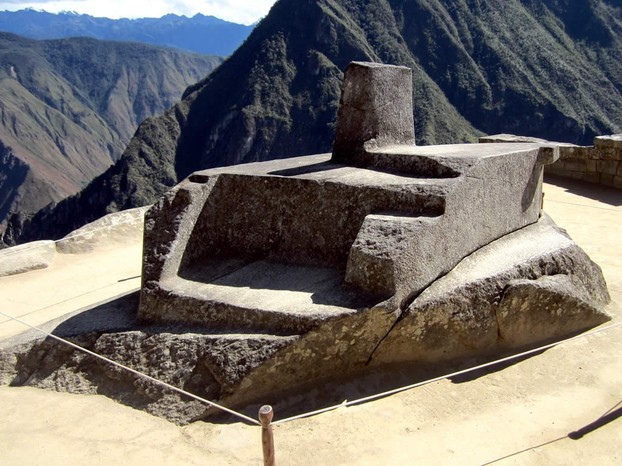
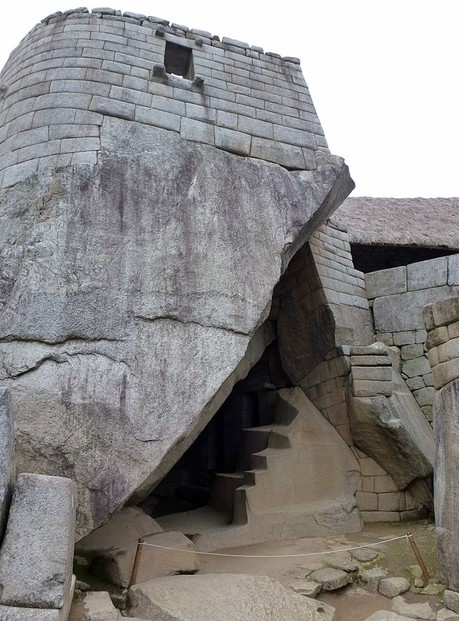
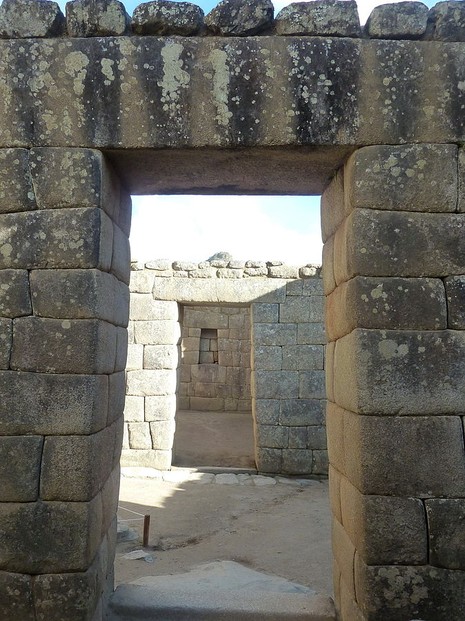
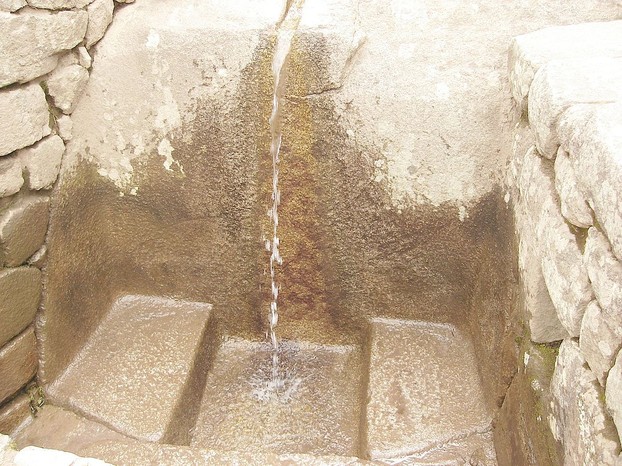
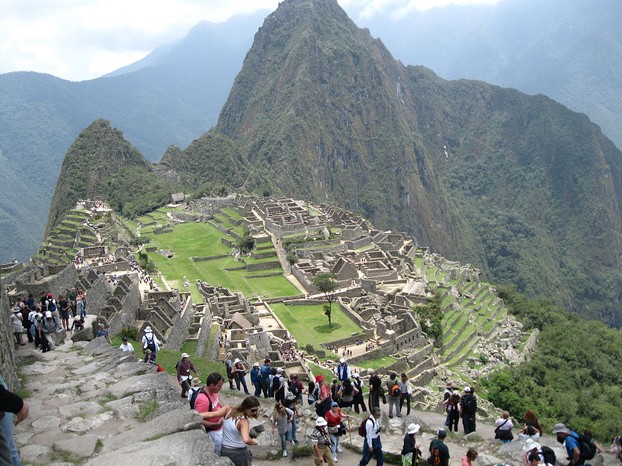
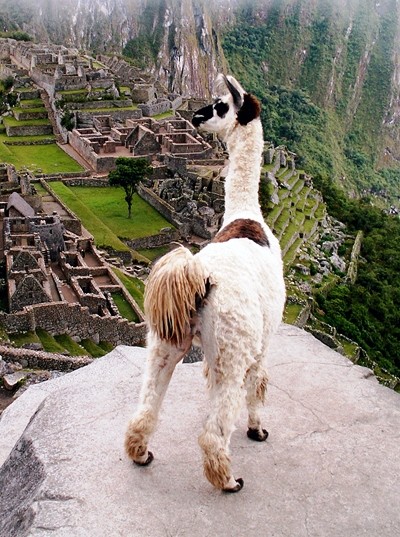
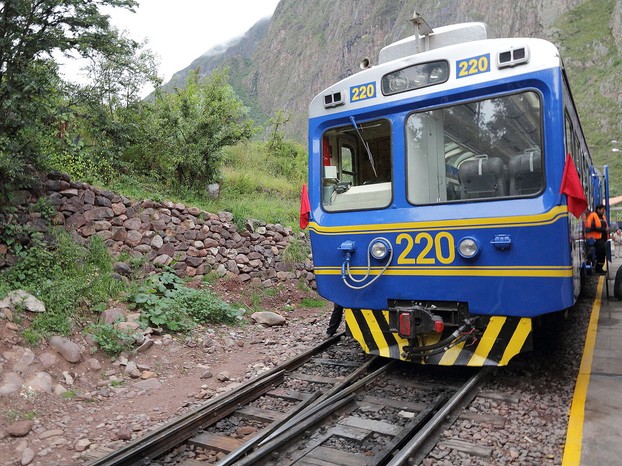
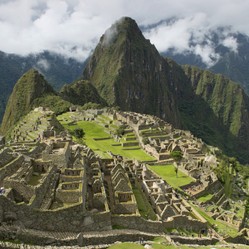

 Best "Nutcracker" Movie of all Timeon 03/08/2019
Best "Nutcracker" Movie of all Timeon 03/08/2019
 Lascaux Cave Paintingson 01/18/2018
Lascaux Cave Paintingson 01/18/2018
 Bridges of the Hudson Valleyon 11/20/2017
Bridges of the Hudson Valleyon 11/20/2017
 Great Pyramids of Gizaon 11/14/2017
Great Pyramids of Gizaon 11/14/2017

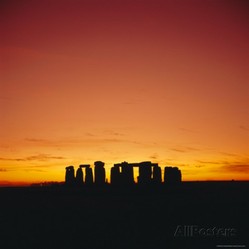
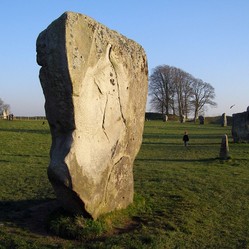
Have You Been to Machu Picchu?
MY niece spent some time working at a charity in Peru . She loved it there and loved the people.
Your description and photos are just sumptuous. Well done
This was a first class article that I greatly enjoyed and from which I learned something.
No, I've never been to Machu Picchu, but I feel like I have since reading this article. Thanks for the tour!